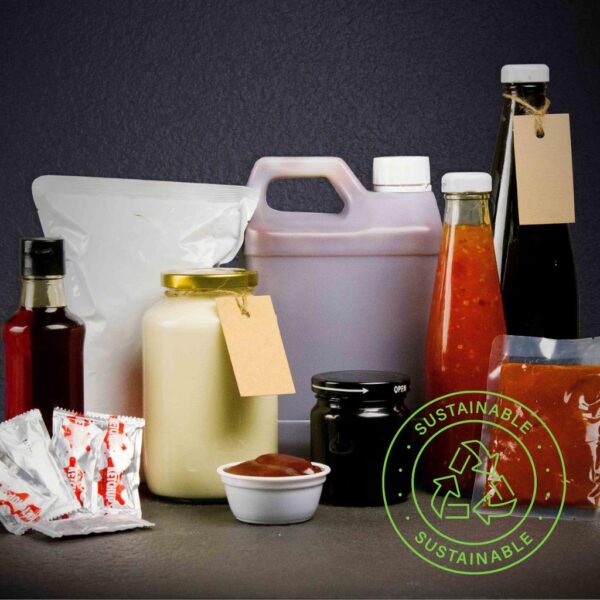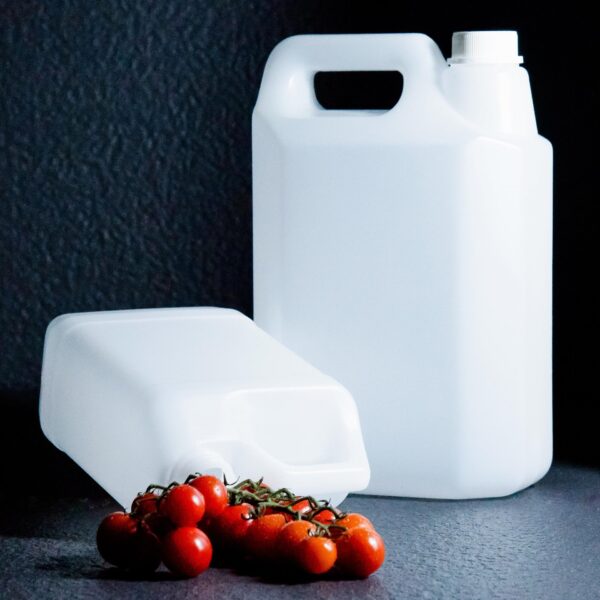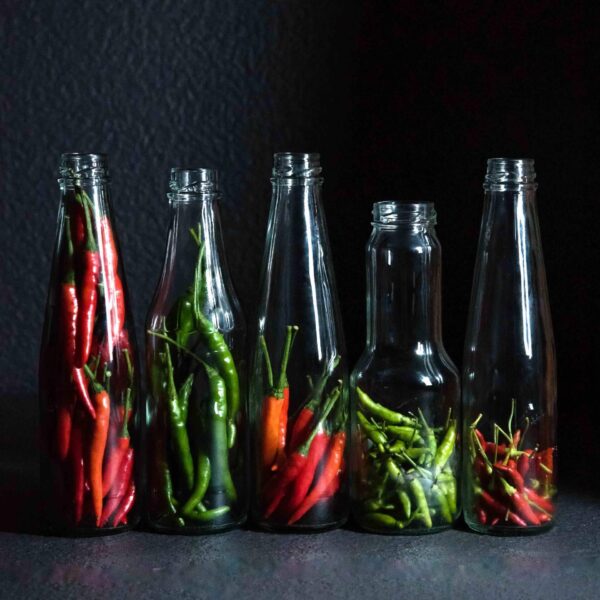Key Features of Sachets
Size and Portability: Small and Lightweight: Sachets are single-serving or small, measured dose packages. This makes them lightweight and portable, making them convenient for carrying in pockets, purses, or travel bags.
Individually Packaged: Each sachet is sealed, offering individual portion control and hygiene.
Material and Functionality: Flexible Packaging: Sachets are typically made from flexible materials like foil, plastic, or paper. This allows for various shapes and designs, and protects the contents from moisture, air, and light.
Easy Opening: Many sachets have easy-tear features or resealable closures for convenient use and storage. Cost and Applications:
Cost-Effective Packaging: Sachets are generally less expensive to produce compared to larger containers. This makes them ideal for single-use applications or product samples.
Versatility: Sachets can hold a variety of products, including:
Powders: Coffee, tea, condiments, spices, medicines
Liquids: Ketchup, mustard, mayonnaise, shampoo, conditioner
Pastes: Lotions, creams, toothpaste
Environmental Considerations:
Reduced Material Use: Compared to larger containers, sachets use less packaging material per serving.
Recyclable Materials: Some sachet materials are recyclable, reducing environmental impact. However, the recyclability depends on the specific material used.
Other Features: Branding and Marketing: Sachets can be printed with logos, branding information, and instructions for use, promoting brand awareness and product information.
Extended Shelf Life: The sealed packaging of sachets can help extend the shelf life of the product by protecting it from external factors.
Overall, sachets offer a convenient, portable, and cost-effective way to package various products in single-serve or small, measured doses. They are particularly useful for applications requiring portion control, hygiene, and ease of use.





















